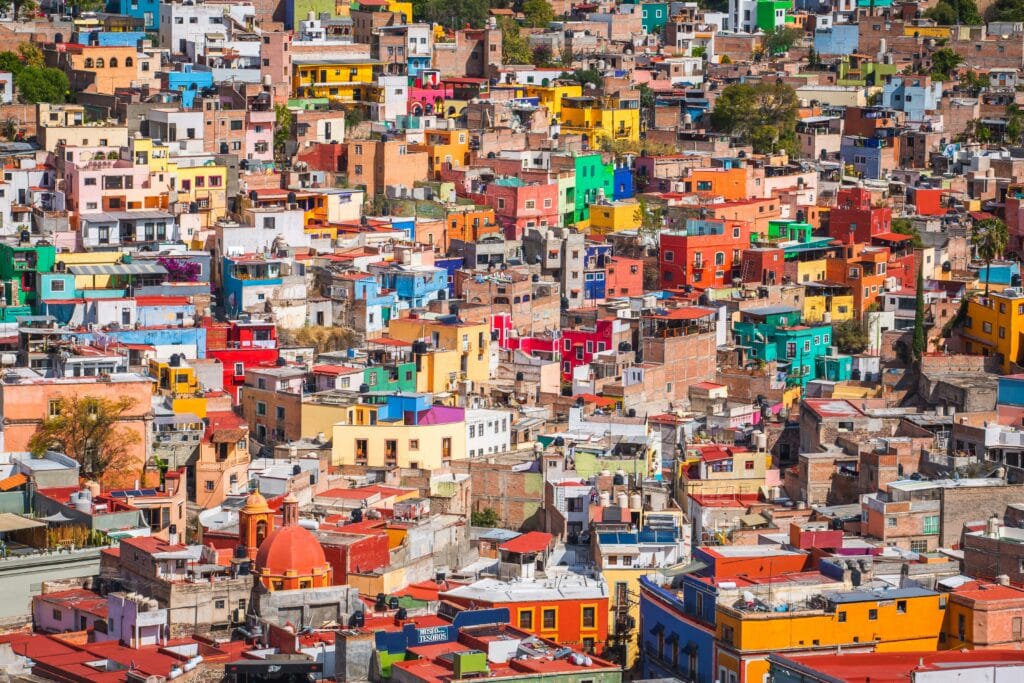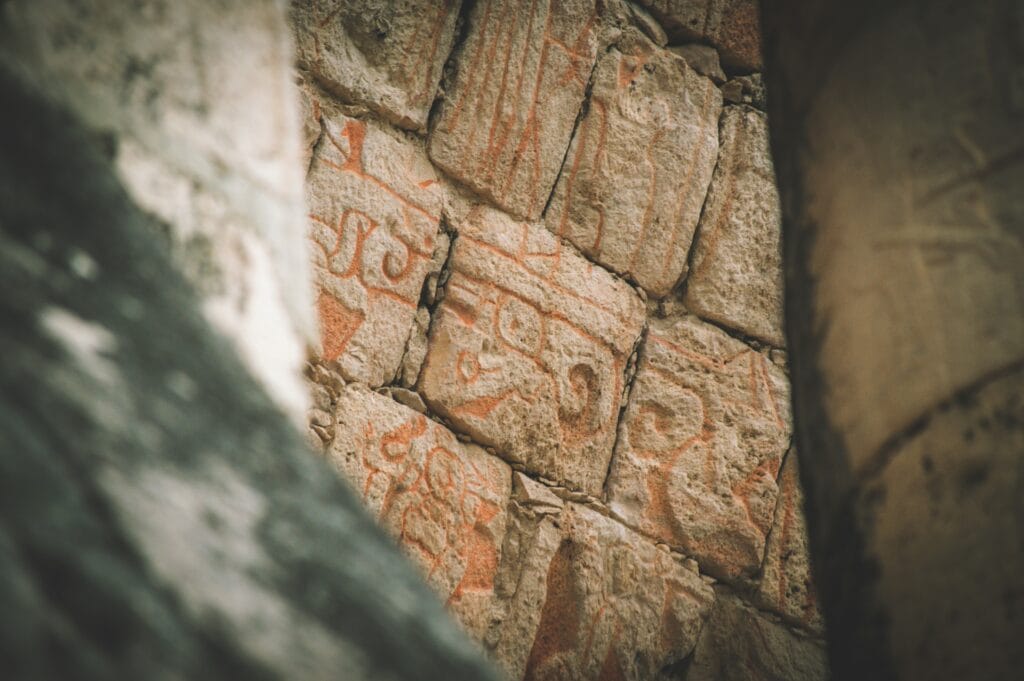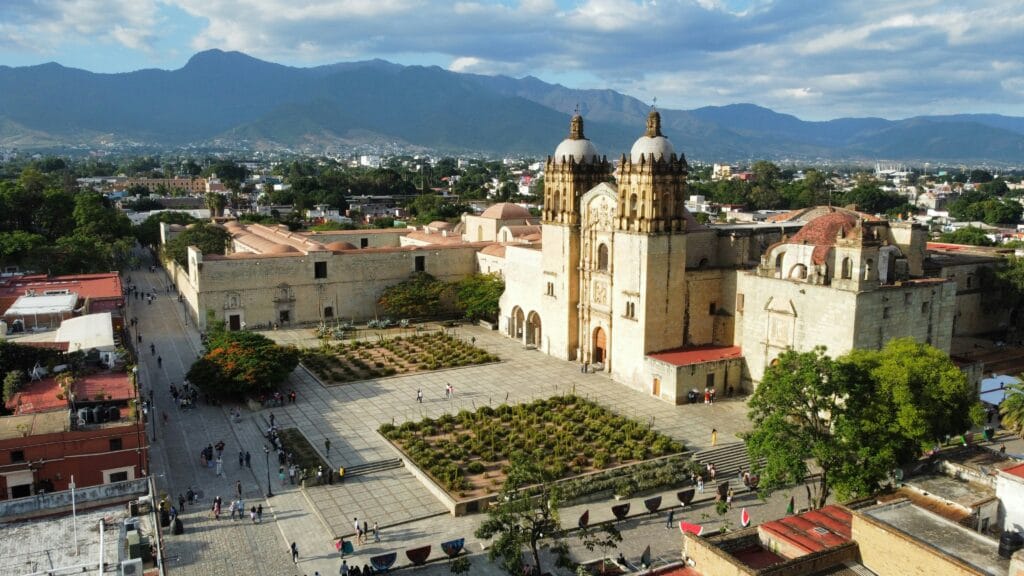In a metropolis of 22 million people sprawling across nearly 1,500 square kilometers, Mexico City defies simple definition. While the historic center and upscale Polanco neighborhood feature prominently in standard itineraries, the city’s true character reveals itself in the distinctive colonias that radiate outward from these tourist epicenters. These neighborhoods—each with their own architectural signatures, culinary traditions, and community rhythms—offer travelers an opportunity to experience the capital as locals do: lingering in leafy parks, working from design-forward cafés, and discovering family-run fondas that have perfected regional recipes across generations.
[display-map id=”2891″]
Coyoacán: Historical Heart with Bohemian Soul
Once a separate village where Cortés established his first headquarters and Frida Kahlo spent her life, Coyoacán maintains a distinct identity despite being absorbed into the expanding capital decades ago. The neighborhood centers around its twin plazas—Jardín Centenario and Plaza Hidalgo—where weekend crowds gather around the iconic coyote fountain, musicians perform impromptu concerts, and vendors sell everything from hand-painted alebrijes to helado de elote.
Cultural Spaces: While the Frida Kahlo Museum (Casa Azul) remains the neighborhood’s most famous attraction, equally rewarding are the Leon Trotsky Museum, where the exiled revolutionary lived until his assassination, and the Fonoteca Nacional, Mexico’s national sound archive housed in a stunning 18th-century colonial building with peaceful gardens perfect for contemplation.
For Remote Workers: The tree-lined streets surrounding Universidad Nacional Autónoma de México campus host numerous cafés where students and professionals work side by side. Café Avellaneda offers some of the city’s finest specialty coffee in an intimate space, while Café Negro provides ample seating in a converted colonial home with reliable WiFi.
Culinary Highlights: The Mercado de Coyoacán offers a comprehensive introduction to Mexican antojitos, with standout tlacoyos and quesadillas made with heirloom corn varieties. For a more substantial meal, El Jardín del Pulpo serves seafood preparations from the Veracruz tradition, while Corazón de Maguey offers an impressive mezcal selection alongside contemporary interpretations of pre-Hispanic dishes.
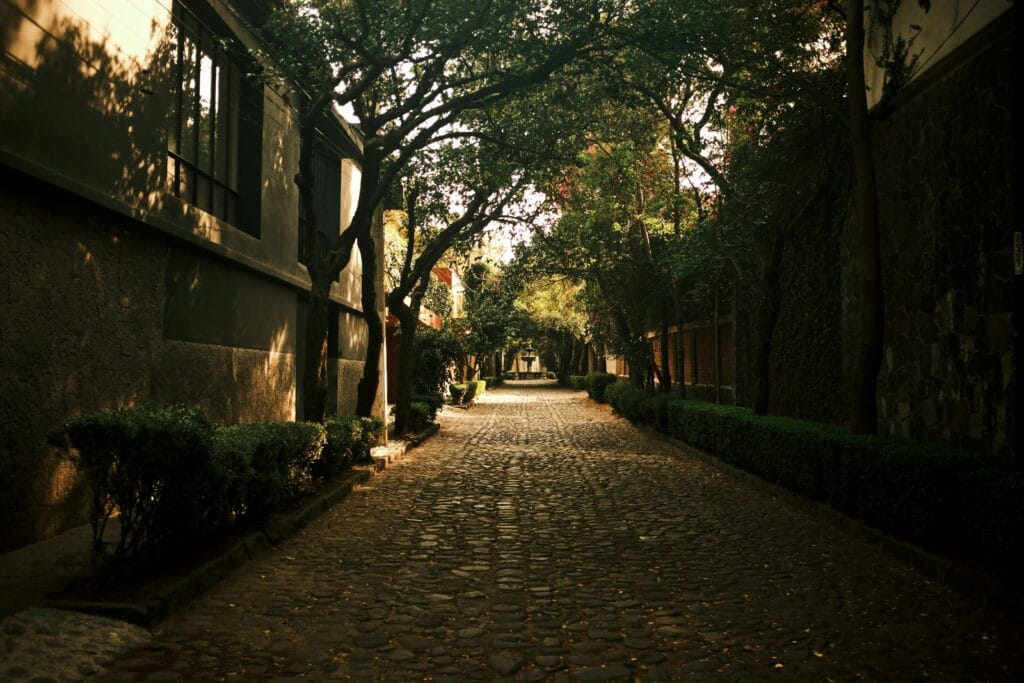
Roma Norte: Design-Forward Renaissance
Having recovered magnificently from both the devastating 1985 earthquake and decades of neglect, Roma Norte now stands as Mexico City’s epicenter of creative energy. Art nouveau mansions share streets with mid-century apartment buildings and contemporary architectural statements, housing independent galleries, boutiques featuring emerging Mexican designers, and some of the capital’s most innovative restaurants.
Green Spaces: Plaza Rio de Janeiro with its replica of Michelangelo’s David provides a central gathering place, while the smaller Plaza Luis Cabrera offers a quieter retreat. On weekends, locals walk their dogs along Álvaro Obregón avenue’s central promenade, stopping for coffee or cocktails at the many sidewalk cafés.
For Food Enthusiasts: Roma’s culinary landscape ranges from street food to fine dining. Mercado Medellín offers Caribbean and Latin American ingredients and prepared foods difficult to find elsewhere in the city. For contemporary Mexican cuisine, Máximo Bistrot showcases seasonal ingredients from the chinampas of Xochimilco, while Contramar remains the definitive destination for seafood in a convivial atmosphere.
Work-Friendly Spaces: Cardinal Casa de Café provides beautifully designed workspaces with reliable internet and exceptional coffee. Blend Station offers a more minimal aesthetic with ample natural light and tables suited for laptops, while Dosis Café combines workspace with an impressive breakfast and lunch menu.
Arts Scene: Independent galleries like Galería OMR and MASA showcase contemporary Mexican artists alongside international talents, while smaller project spaces and artist-run initiatives frequently host openings and events. The architectural details of the neighborhood’s buildings themselves offer an education in Mexican interpretations of European styles from the early 20th century.
Condesa: Verdant Urban Oasis
Adjacent to Roma Norte but with a distinctly different character, Condesa is defined by its abundant green spaces and curved streets that follow the outline of a former horse racing track. The art deco architecture that dominates the neighborhood survived the 1985 earthquake better than neighboring Roma, preserving much of its original charm.
Park Life: Parque México forms the neighborhood’s heart, with its artificial lake, art deco clock tower, and open-air forum where free yoga classes, dance workshops, and concerts take place. The connecting Parque España offers additional green space, while Amsterdam Avenue’s tree-lined median provides a 2.2-kilometer circuit popular with joggers and dog walkers.
Design Destinations: The neighborhood houses numerous concept stores combining retail with gallery spaces. Void offers Japanese-influenced minimalist homewares and clothing, while Studio IMA showcases Mexican designers alongside international brands with similar aesthetics. Utilitario Mexicano celebrates everyday Mexican design objects, from enamelware to market bags, elevated through thoughtful curation.
Culinary Scene: Lardo offers Mediterranean-influenced dishes in a bright, convivial space perfect for long lunches, while Pasillo de Humo serves traditional Oaxacan cuisine from one of the state’s most celebrated culinary families. For more casual dining, the tortas at Tortas Al Fuego and the tacos árabes at El Greco represent Mexico City’s talent for adapting international influences into distinctly Mexican street food.
For Digital Nomads: Border Grill functions as both exceptional breakfast spot and viable workspace during weekday mornings, while Blend Station’s Condesa location offers a quieter alternative to their Roma branch. For those seeking a dedicated coworking environment, Público provides day passes to their thoughtfully designed spaces.
San Rafael: The Authentic Alternative
Less gentrified than Roma or Condesa but undergoing its own renaissance, San Rafael offers a glimpse of middle-class Mexico City life with increasing numbers of creative businesses and restaurants. Originally developed in the late 19th century as an elegant suburb for the Porfirian elite, the neighborhood experienced decades of decline before its current resurgence.
Architectural Heritage: The streets reveal an eclectic mix of neoclassical mansions, art nouveau buildings, and modernist structures from the mid-20th century. Many former residences have been subdivided into apartments or repurposed as cultural spaces, with original architectural details preserved to varying degrees.
Theater District: The neighborhood houses numerous theaters from the Teatro El Galeón within the Centro Cultural del Bosque complex to independent venues like El Milagro and Teatro Milan. These spaces showcase everything from classical drama to experimental performance art, often at prices more accessible than the grand theaters of the center.
Emerging Food Scene: While lacking the concentration of destination restaurants found in Roma or Condesa, San Rafael offers authentic experiences at reasonable prices. Fonda Mayora presents traditional Mexican cooking with contemporary sensibilities, while the Japanese-Mexican fusion at Rokai demonstrates the capital’s increasingly diverse culinary landscape. For casual dining, the market stalls at Mercado San Cosme provide classic comida corrida at prices virtually unchanged by tourism.
Remote Work Infrastructure: The neighborhood has fewer dedicated workspaces but compensates with authentic cafés where locals and visitors coexist productively. Boicot Café provides reliable internet and exceptional pastries, while Café Sostén offers a quieter environment in a converted home with a peaceful back garden.
Navigating Between Neighborhoods
Mexico City’s extensive public transportation system makes moving between these neighborhoods relatively straightforward:
Metro: Line 3 connects Coyoacán with the northern reaches of the city, while Line 1 serves the eastern edge of Roma and Condesa. The metro offers the fastest transit during rush hour traffic but becomes extremely crowded during peak times.
Metrobús: Lines 1 and 3 run along the major avenues of Insurgentes and Cuauhtémoc, connecting Roma and Condesa with the center and south. These articulated buses operate in dedicated lanes, avoiding the worst traffic congestion.
Ecobici: The city’s bike-sharing program provides an excellent option for traveling between adjacent neighborhoods, with stations throughout Roma, Condesa, and parts of San Rafael. The extensive network of cycling infrastructure includes protected lanes on major avenues.
Ride Services: Both international platforms and local alternatives like Didi operate throughout these neighborhoods, offering convenient door-to-door service at reasonable prices, especially when shared with fellow travelers.
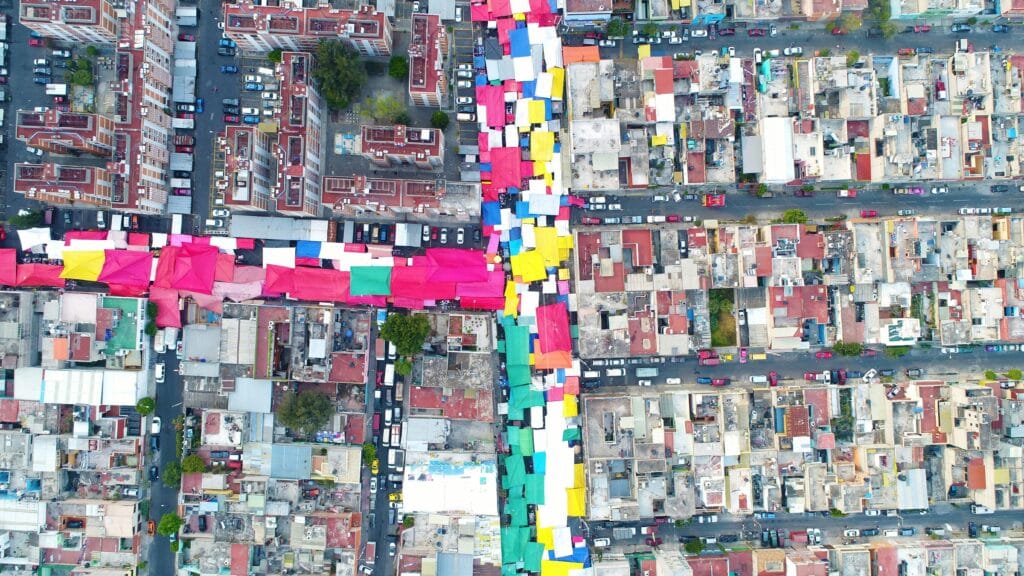
Safety Considerations
While these neighborhoods generally rank among the capital’s safest areas, standard urban precautions remain advisable:
Coyoacán: Extremely safe during daylight hours, particularly in the central historic district. Exercise normal caution in the evening, especially in less populated areas toward the neighborhood’s edges.
Roma Norte and Condesa: Well-patrolled with significant police presence, these neighborhoods remain active until late evening. Main avenues like Álvaro Obregón, Tamaulipas, and Michoacán maintain active pedestrian life until midnight or later, particularly on weekends.
San Rafael: Exercise slightly more caution, particularly after dark. Stick to well-lit major streets rather than residential side streets when walking in the evening.
Across all neighborhoods, the usual urban wisdom applies: maintain awareness of surroundings, avoid displaying expensive electronics or jewelry ostentatiously, and use licensed transportation options when traveling late at night.
Housing for Extended Stays
For travelers planning longer residencies in the capital, each neighborhood offers distinct advantages:
Coyoacán: Provides a more residential experience with lower density housing, often including gardens or courtyards. While rental prices have increased, they generally remain lower than Roma or Condesa. Best for those seeking tranquility and don’t mind the longer commute to the city center.
Roma Norte: Offers the highest concentration of amenities for remote workers and the most vibrant restaurant scene, but commands premium prices, particularly for renovated apartments in art nouveau buildings. The neighborhood’s central location provides easy access to other areas of interest.
Condesa: Commands similar prices to Roma Norte but offers more green space and a slightly quieter atmosphere. The housing stock includes exceptional examples of art deco architecture, often with original details preserved. The neighborhood’s popularity with expatriates means English-speaking services are readily available.
San Rafael: Presents the most affordable options among these neighborhoods, with authentic Mexico City apartment living at prices sometimes half those found in Roma or Condesa. The building stock varies widely in quality and maintenance, making in-person viewing essential before committing to longer-term rentals.
Across all neighborhoods, platforms like Airbnb have dramatically increased prices for short and medium-term rentals. For stays exceeding three months, working with local real estate agencies can provide access to better values and more authentic living experiences.
Weekend Excursions
The capital’s excellent transportation connections make numerous cultural destinations accessible for day trips or weekend excursions:
Teotihuacan: The ancient city of massive pyramids lies approximately 50 kilometers northeast of the center. Public buses depart regularly from the Terminal Central del Norte, reaching the archaeological zone in approximately one hour.
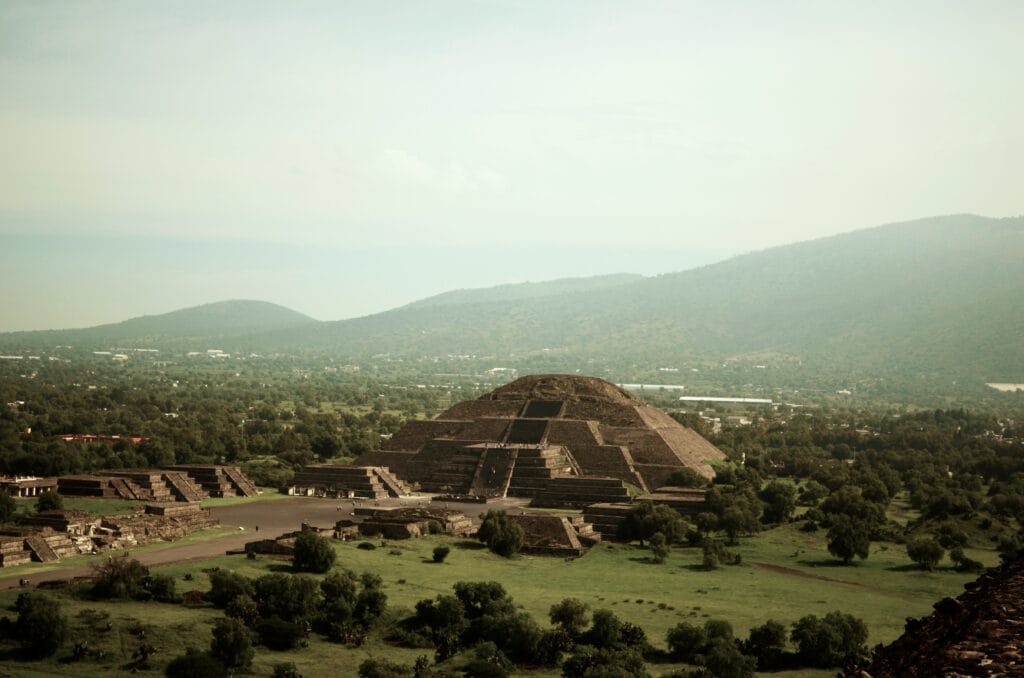
Xochimilco: The UNESCO World Heritage site of floating gardens and canals sits at the city’s southeastern edge, accessible via Light Rail Line 1 from Tasqueña station. Beyond the tourist-oriented boat rides, the chinampas represent living agricultural traditions dating to pre-Hispanic times.
Puebla: Mexico’s fourth-largest city offers exceptional colonial architecture, culinary traditions centered around mole poblano, and the archaeological site of Cholula with its massive pyramid. Direct buses from the TAPO terminal reach Puebla in two hours.
Cuernavaca: Known as “the city of eternal spring” for its temperate climate, Cuernavaca offers impressive Spanish colonial architecture alongside lush gardens. Direct buses from Terminal Taxqueña reach the city in approximately 90 minutes.
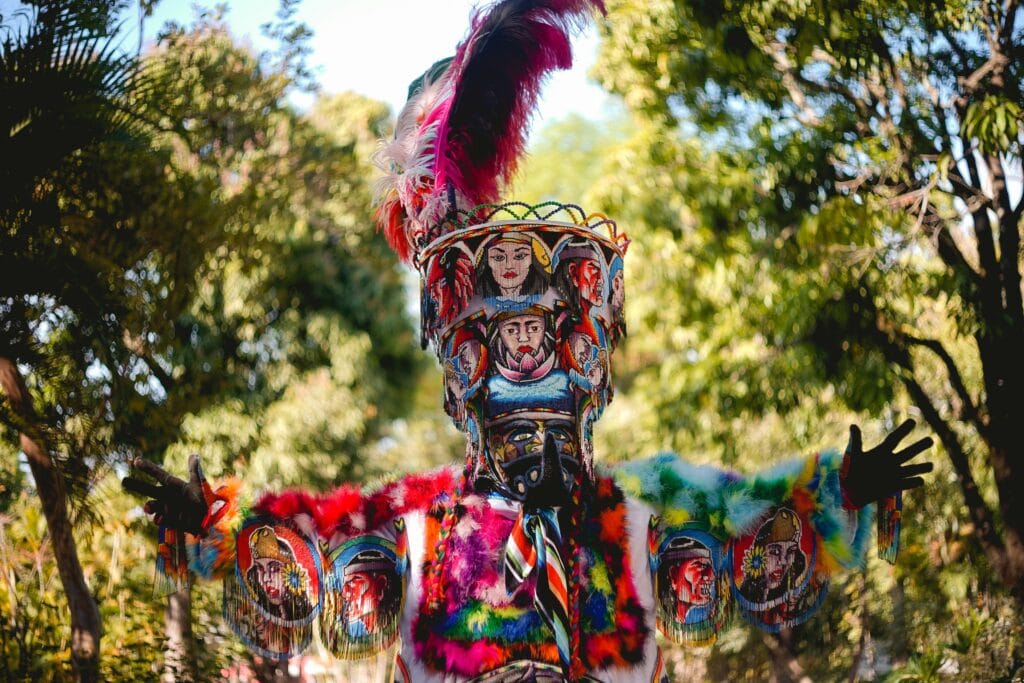
Beyond the Surface
Mexico City rewards those willing to linger beyond the standard sightseeing itinerary. Each neighborhood contains endless layers of history, from pre-Hispanic foundations to colonial structures built with stones from demolished Aztec temples to modernist experiments from the post-revolutionary period. The contemporary city exists in constant dialogue with these historical elements, creating an urban landscape where tradition and innovation coexist in dynamic tension.
Whether you’re seeking a productive remote work environment, an immersion in Mexico’s culinary heritage, or simply a more authentic experience of North America’s largest city, these neighborhoods offer entry points into the capital’s complex social ecosystem. By venturing beyond the well-documented attractions of the Centro Histórico and Chapultepec Park, travelers discover the Mexico City that residents treasure—a metropolis of intimate scale experiences nested within the megalopolis, where global influences have been thoroughly transformed through the alchemical process of mexicanidad.
